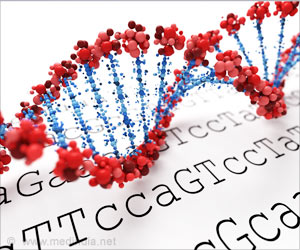“SARS-CoV-2 is not a retrovirus, which means it doesn’t need reverse transcription for its replication,” said first author Liguo Zhang, postdoctoral researcher at Whitehead Institute.
‘SARS-CoV-2 is not the only virus that integrates into the human genome. Around 8 per cent of our DNA consists of the remnants of ancient viruses. Some viruses, called retroviruses, rely on integration into human DNA in order to replicate themselves.’
“However, non-retroviral RNA virus sequences have been detected in the genomes of many vertebrate species, including humans.” Zhang added.
With this in mind, the team analysed published datasets of RNA transcripts from different types of samples, including Covid-19 patient samples, to test whether this viral integration could be happening with the novel coronavirus.
They were able to calculate the fraction of genes that were transcribed in these patients’ cells which contained viral sequences that could be derived from integrated viral copies.
The percentage varied from sample to sample, but for some, a relatively large fraction of viral transcripts seem to have been transcribed from viral genetic material integrated into the genome.
For SARS-CoV-2, the frequency of integration in humans is still unknown. “The fraction of cells which integrate could be very small,” said Rudolf Jaenisch, professor of biology at MIT.
“But even if it’s rare, there are more than 140 million people who have been infected already, right?”Jaenisch said.
Source: IANS



